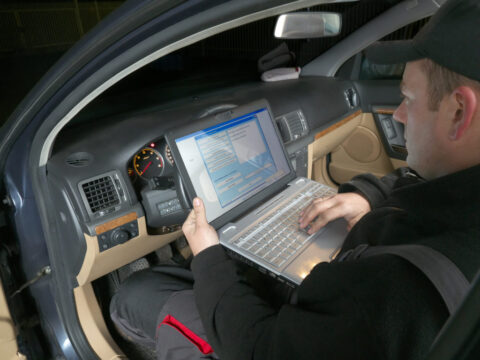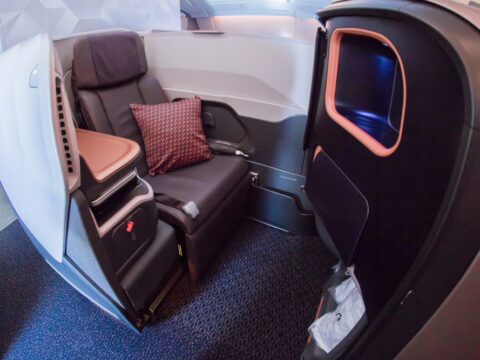When it comes to saving fuel, we often rely on tips and tricks we’ve heard over the years. However, not all of these so-called “fuel-saving” methods are as effective as they seem. In fact, some can actually waste more gas than you think. In this article, we’ll debunk 15 common fuel-saving myths that could be costing you more at the pump.
Contents
Idling your car saves more fuel than restarting it.
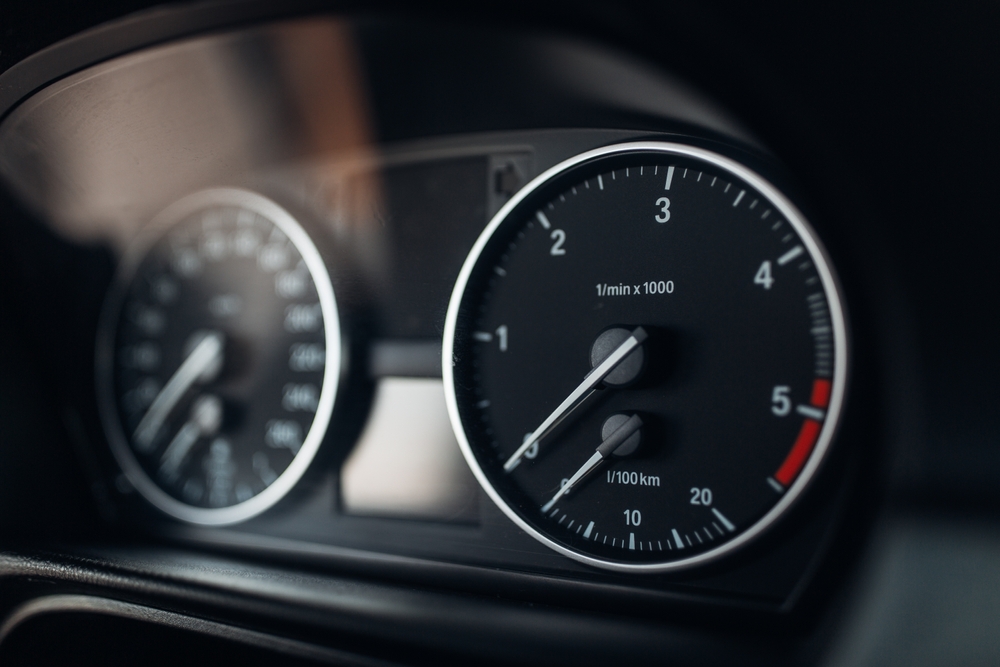
Many people believe that idling uses less fuel than restarting the engine, but modern fuel-injection systems are designed to minimize fuel use when restarting. In fact, idling for just 10 seconds uses more fuel than restarting your car. The best practice is to turn off your engine if you’re stopped for more than a minute to save gas and reduce emissions.
Filling up in the morning gives you more fuel for your money.
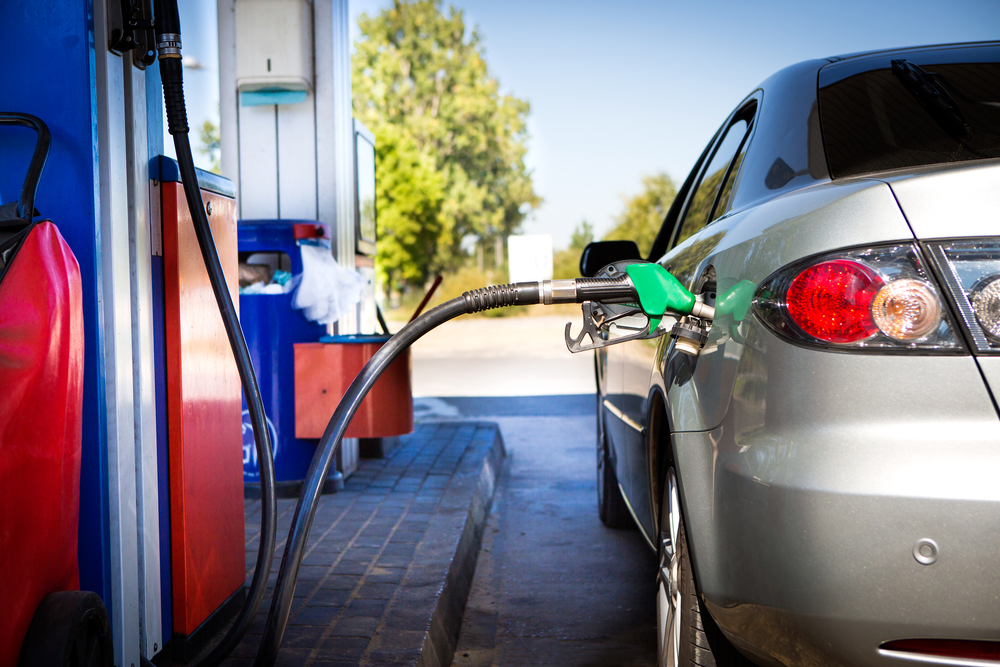
This myth is based on the idea that cooler morning temperatures make fuel denser, giving you more fuel per gallon. However, modern underground storage tanks keep fuel at a consistent temperature, regardless of the time of day. Filling up at any time of day will not affect the volume of fuel you receive, so it’s not a factor in saving gas.
Premium fuel improves mileage in all vehicles.
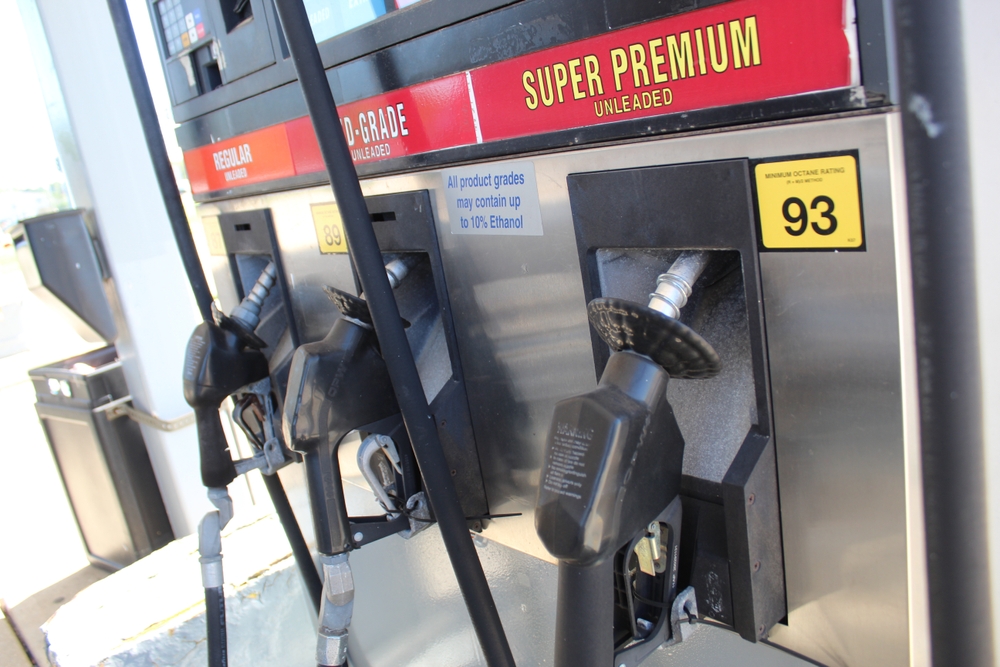
Premium fuel is designed for high-performance engines that require higher octane levels to prevent knocking. Using it in a vehicle designed for regular unleaded gasoline does not improve mileage or performance. In fact, it can be a waste of money with no benefit to fuel efficiency, as most cars are optimized for the fuel type recommended by the manufacturer.
Using cruise control always saves fuel.
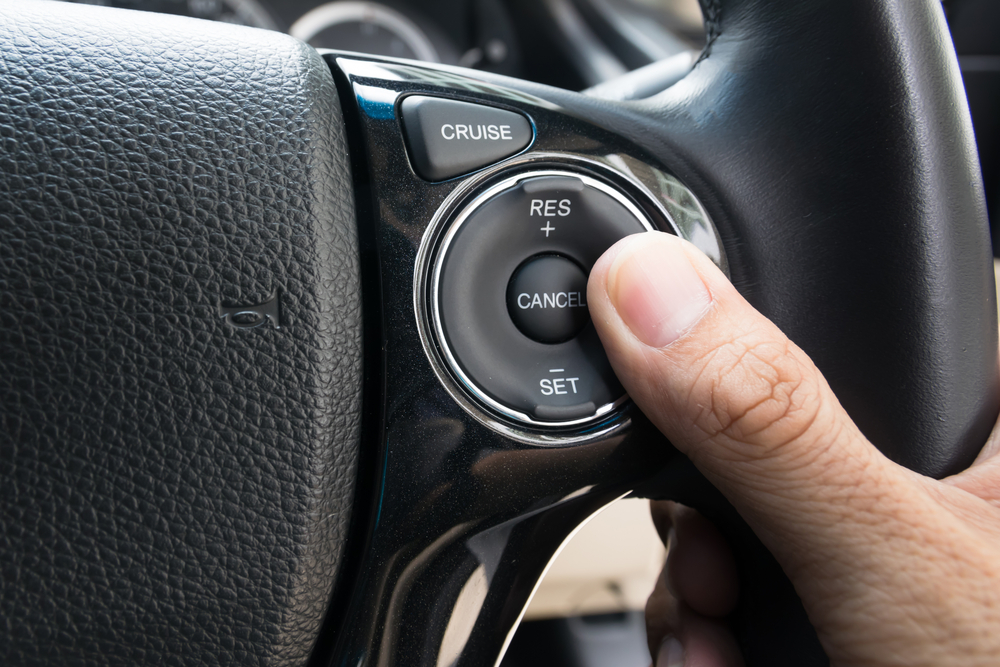
While cruise control can help maintain a constant speed on flat terrain, it can actually waste fuel in hilly areas where the system works to maintain speed uphill by increasing throttle, burning more gas. Cruise control is best used on long, flat stretches of highway, but not in all driving conditions.
Letting your car warm up before driving saves gas.
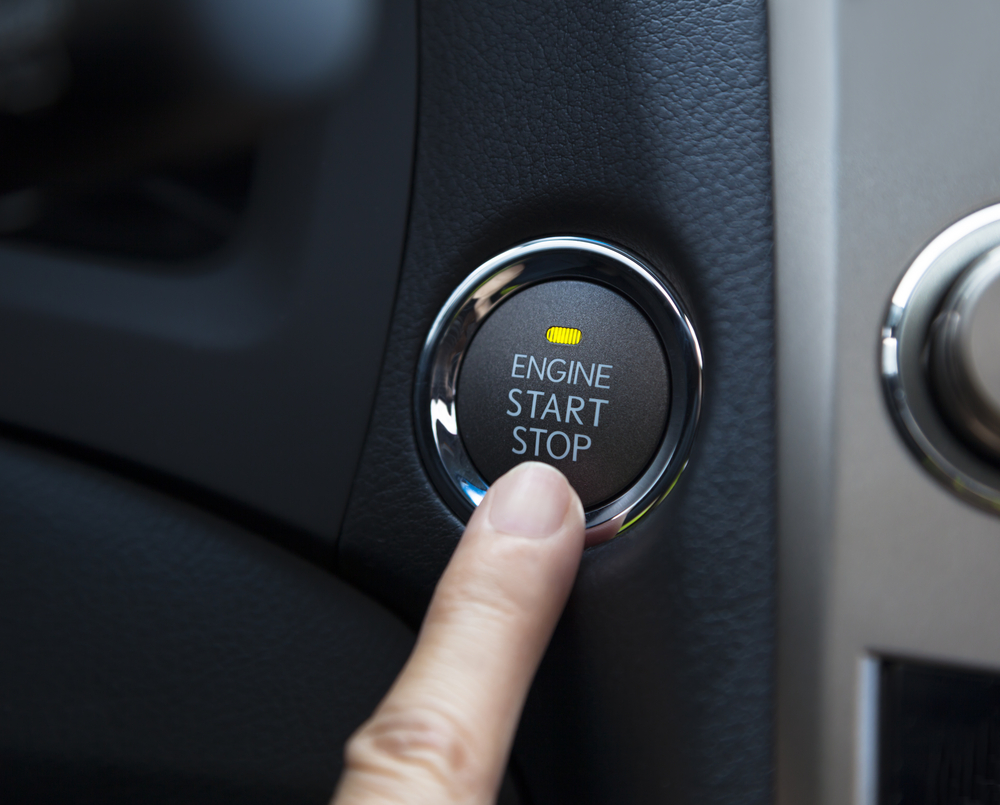
Older cars needed time to warm up for optimal performance, but modern engines are designed to perform efficiently almost immediately after starting. Warming up your car by idling wastes fuel and generates unnecessary emissions. It’s better to start driving gently after a few seconds of idling to allow the engine to reach its optimal temperature more quickly.
Air conditioning uses less fuel than opening windows.
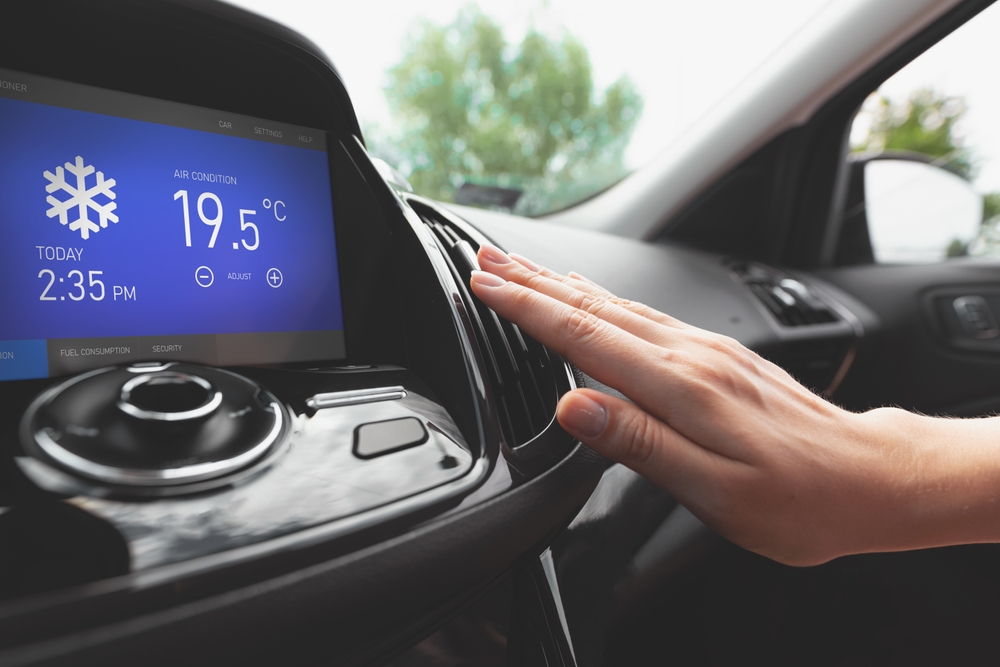
The belief here is that open windows create drag, reducing fuel efficiency more than using air conditioning. While open windows can increase drag, the difference in fuel consumption is minimal compared to the energy required to run the air conditioning compressor. In most cases, turning off the AC and cracking the windows slightly will save more fuel.
Keeping your gas tank full improves fuel efficiency.
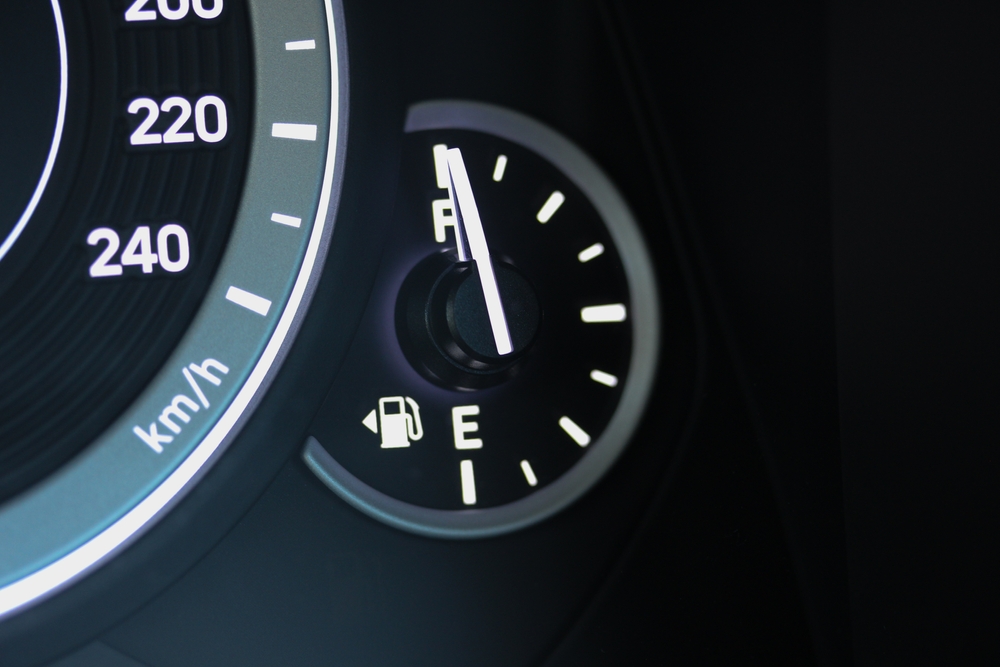
Some believe that keeping the gas tank full reduces the amount of air in the tank, preventing fuel evaporation and improving efficiency. However, modern vehicles have sealed fuel systems that minimize evaporation, so keeping the tank full doesn’t significantly impact fuel efficiency. Carrying more fuel also adds weight, which can slightly reduce mileage.
Higher tire pressure improves mileage.

While it’s true that properly inflated tires can improve fuel efficiency, over-inflating tires to reduce rolling resistance can lead to uneven tire wear, reduced traction, and a harsher ride. The best approach is to maintain tire pressure at the manufacturer’s recommended levels for optimal performance and safety.
Shifting into neutral while coasting saves fuel.
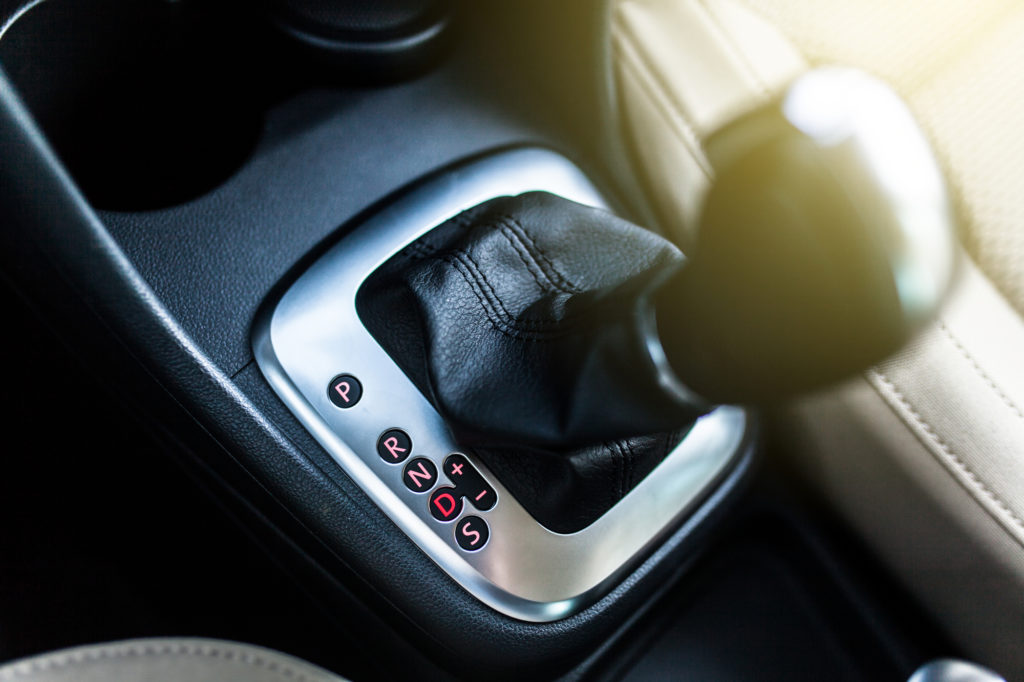
Shifting into neutral while coasting disengages the engine from the drivetrain, which some believe reduces fuel consumption. However, modern engines are designed to cut fuel delivery when coasting in gear, meaning that coasting in neutral can actually use more fuel. Additionally, coasting in neutral reduces control over the vehicle, which can be dangerous.
Fuel additives can boost your mileage.

There are many fuel additives on the market claiming to improve mileage, but most do not provide significant benefits in modern engines. In some cases, additives can even harm your engine or reduce efficiency. The best way to maintain optimal fuel efficiency is through regular maintenance and using the correct grade of fuel recommended by your vehicle’s manufacturer.
Driving slower always saves gas.
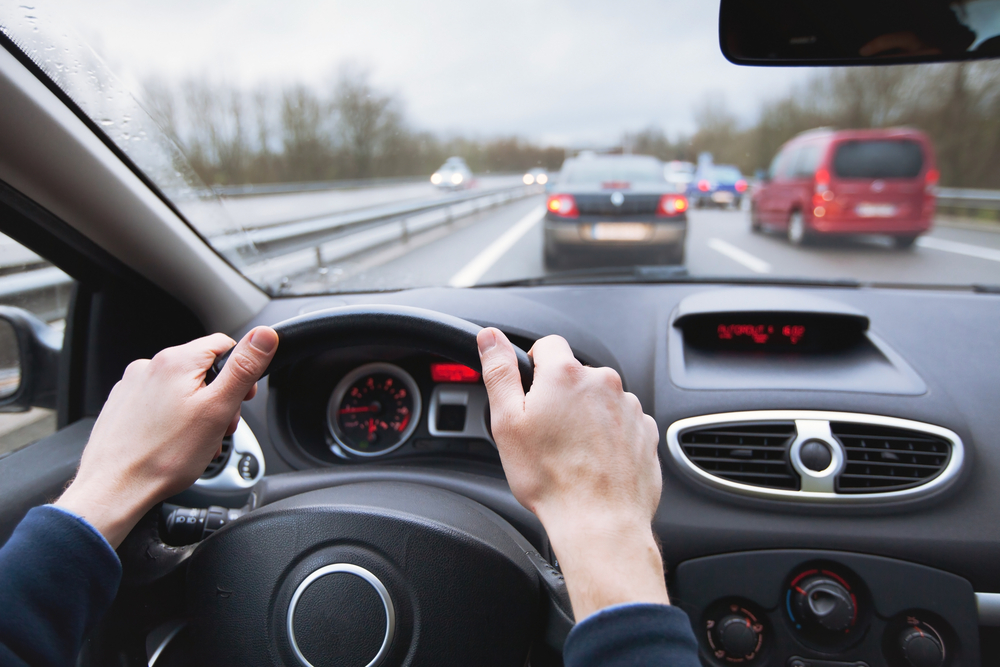
While driving at moderate speeds can improve fuel efficiency, driving too slowly can be inefficient. Engines are most efficient at certain speeds, typically between 45-65 mph. Driving significantly below this range can lead to suboptimal engine performance and reduced fuel economy, especially on highways where maintaining a steady speed within the optimal range is key.
Drafting behind large vehicles saves significant fuel.
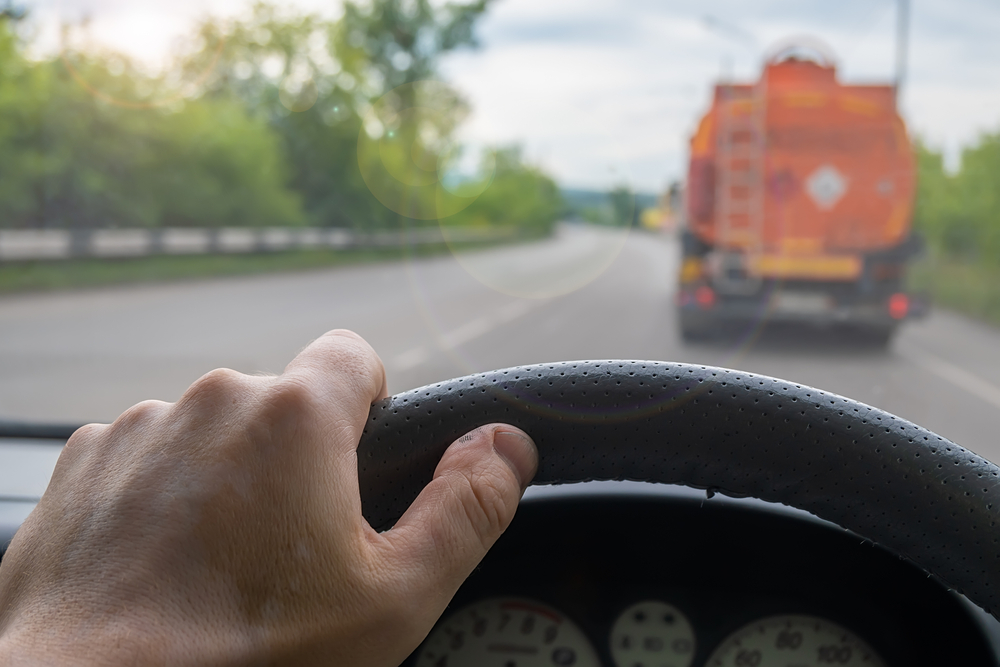
Drafting, or following closely behind a large vehicle, can reduce wind resistance and save fuel, but it is extremely dangerous. The potential fuel savings are not worth the increased risk of a collision, especially considering that maintaining a safe following distance is crucial for road safety. The slight fuel savings are outweighed by the hazards of this practice.
Manual transmission cars always get better mileage.
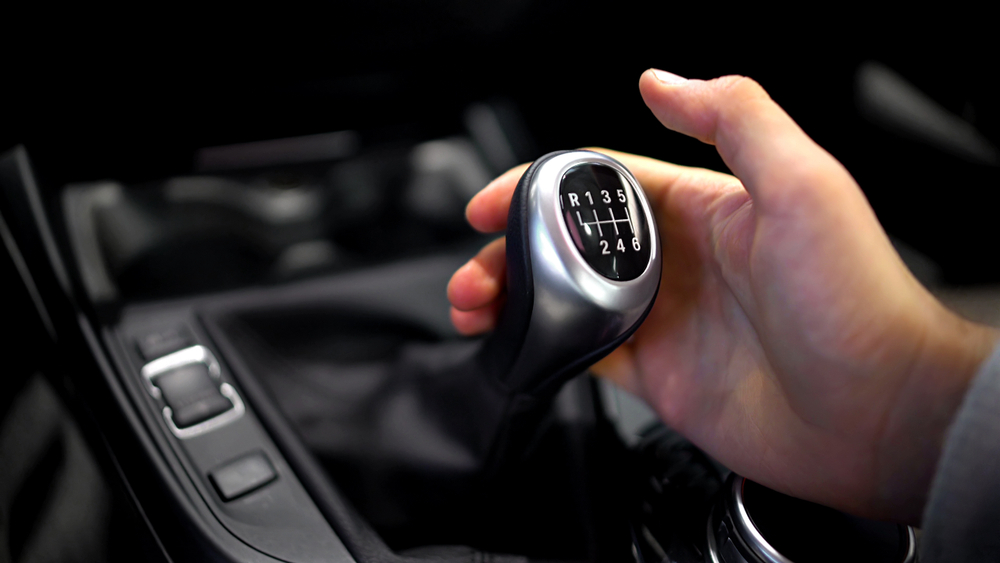
In the past, manual transmissions often offered better fuel efficiency than automatics, but advances in automatic transmission technology, such as more gears and dual-clutch systems, have closed the gap. Today, many automatic cars match or even exceed the fuel efficiency of their manual counterparts, making this an outdated belief.
Smaller cars are always more fuel-efficient.
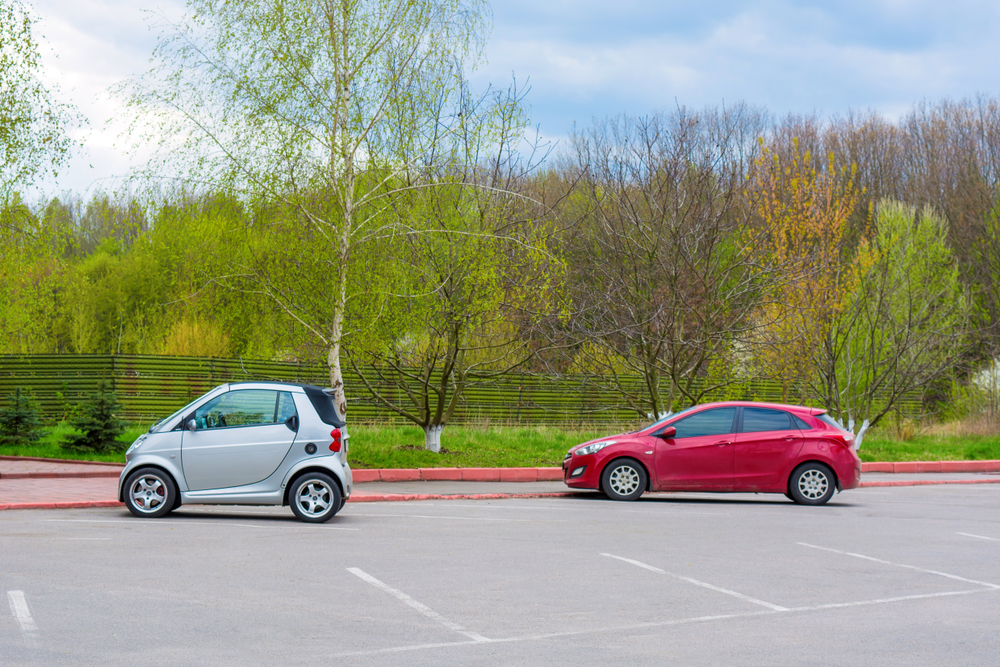
While smaller cars typically use less fuel due to their lower weight and smaller engines, this isn’t always the case. Some small cars have inefficient engines or poor aerodynamics that can lead to higher fuel consumption. Additionally, hybrid or diesel versions of larger vehicles can sometimes achieve better mileage than smaller gasoline-powered cars.
Fuel efficiency ratings guarantee real-world savings.
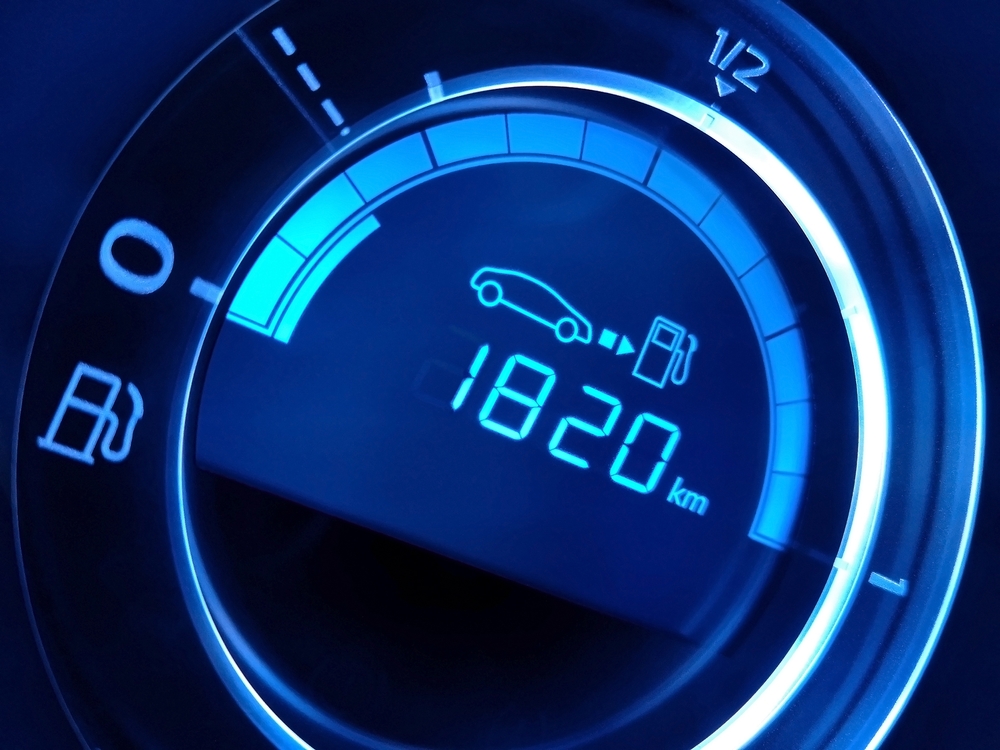
Fuel efficiency ratings, like those from the EPA, provide a general idea of a vehicle’s efficiency under specific test conditions. However, real-world driving involves varying terrains, speeds, and weather conditions, which can significantly impact actual fuel economy. Relying solely on these ratings can lead to unrealistic expectations about fuel savings.
This article originally appeared in MyCarMakesNoise.
More from MyCarMakesNoise
20 Legendary Triumph Motorcycles That Dominated the Track

Triumph motorcycles have a storied history on the racetrack, with a legacy built on speed, power, and precision. Over the years, these legendary machines have not only dominated the competition but also set the standard for what a true racing bike should be. Read More
10 Game-Changing Innovations in Motorcycle Engineering

Motorcycle engineering has come a long way, introducing innovations that have revolutionized the way we ride. From advanced safety features to groundbreaking performance enhancements, these changes have made motorcycles faster, safer, and more enjoyable. Read More
25 Top City Cars Perfect for Urban Life

Navigating the hustle and bustle of city life requires a car that’s not only compact but also efficient and stylish. In this article, we’ve curated a list of the 25 best city cars for urban living. Read More


